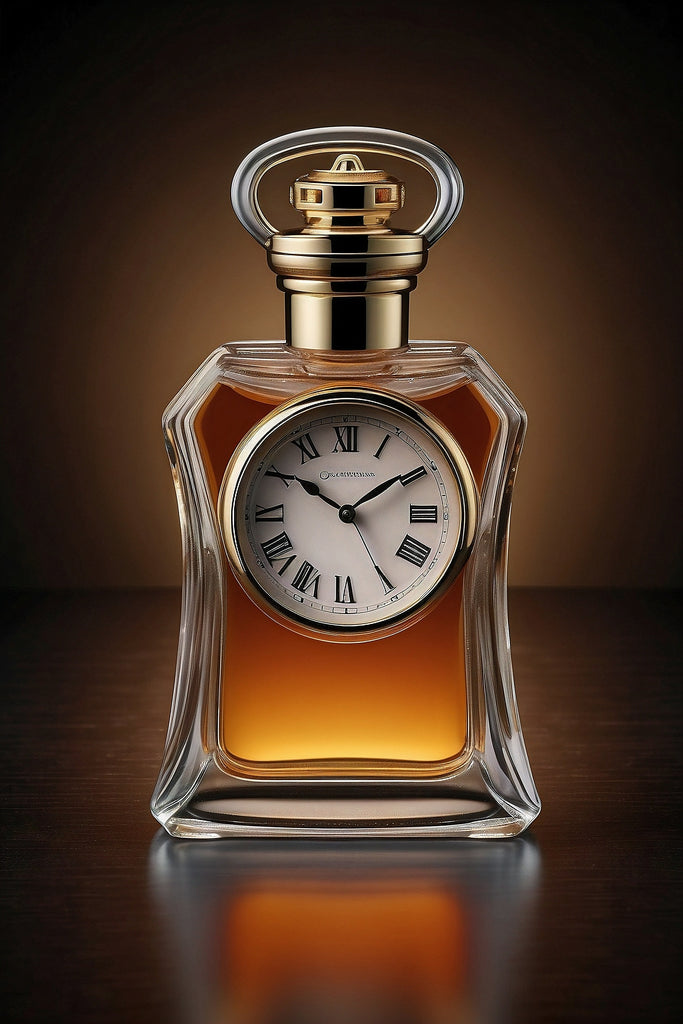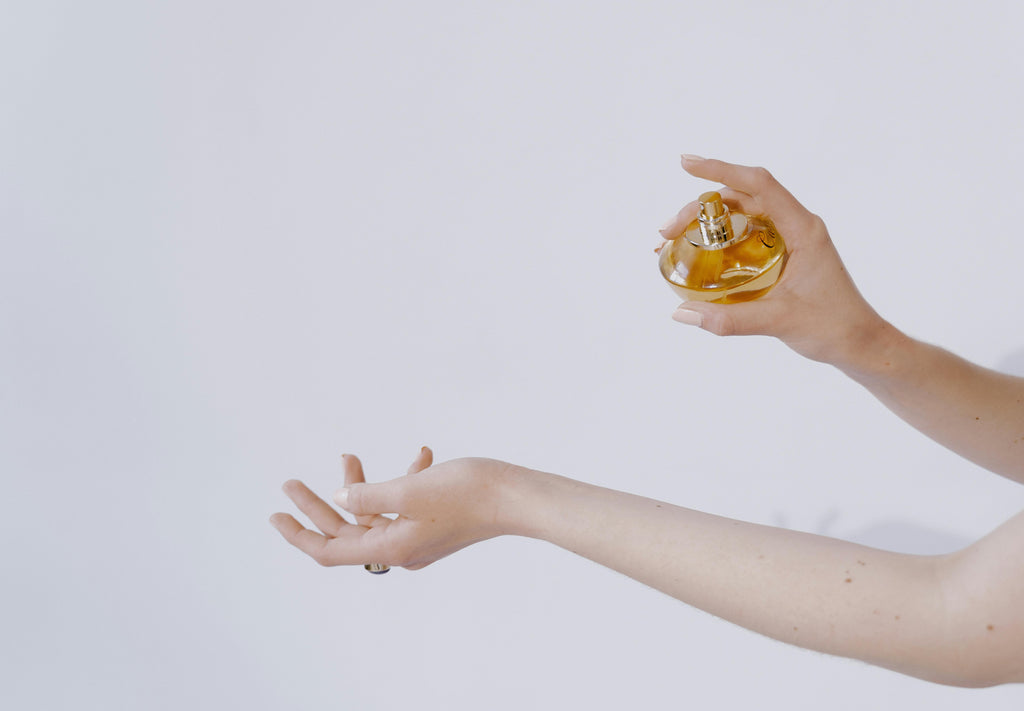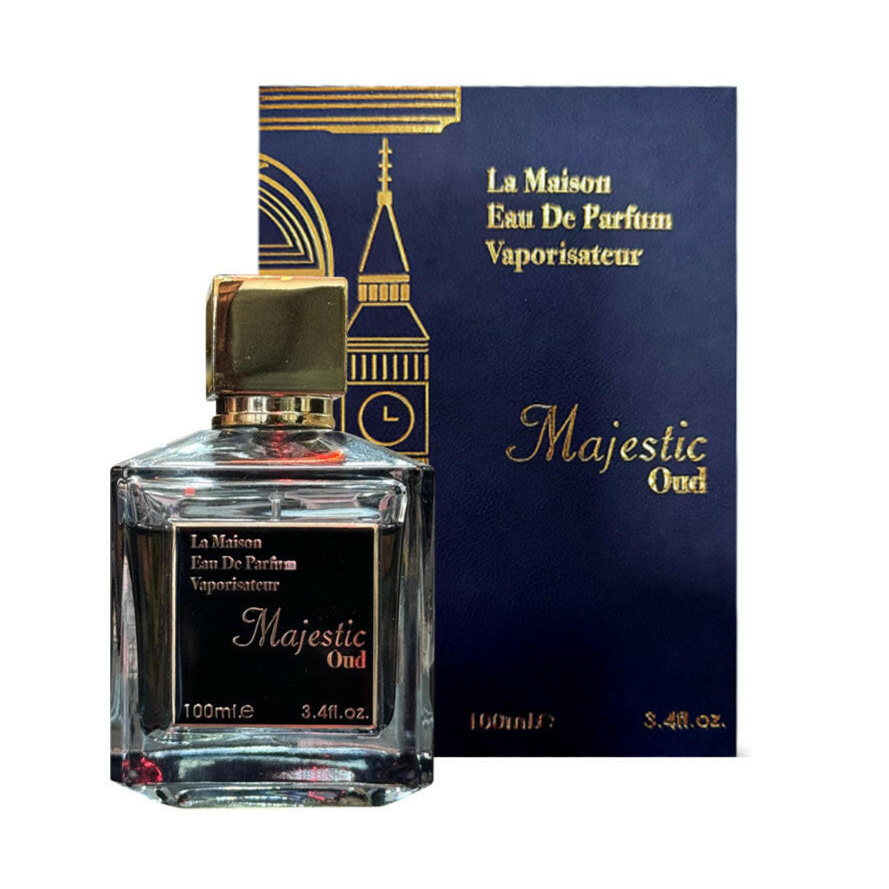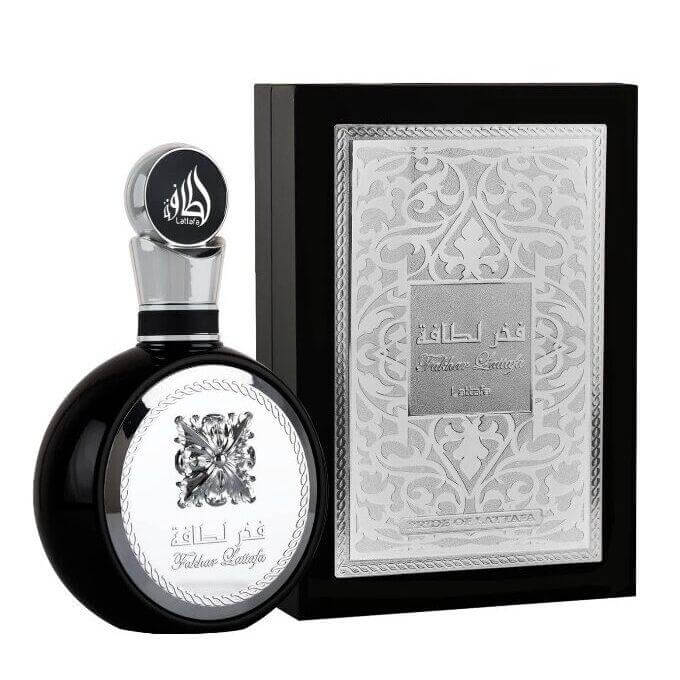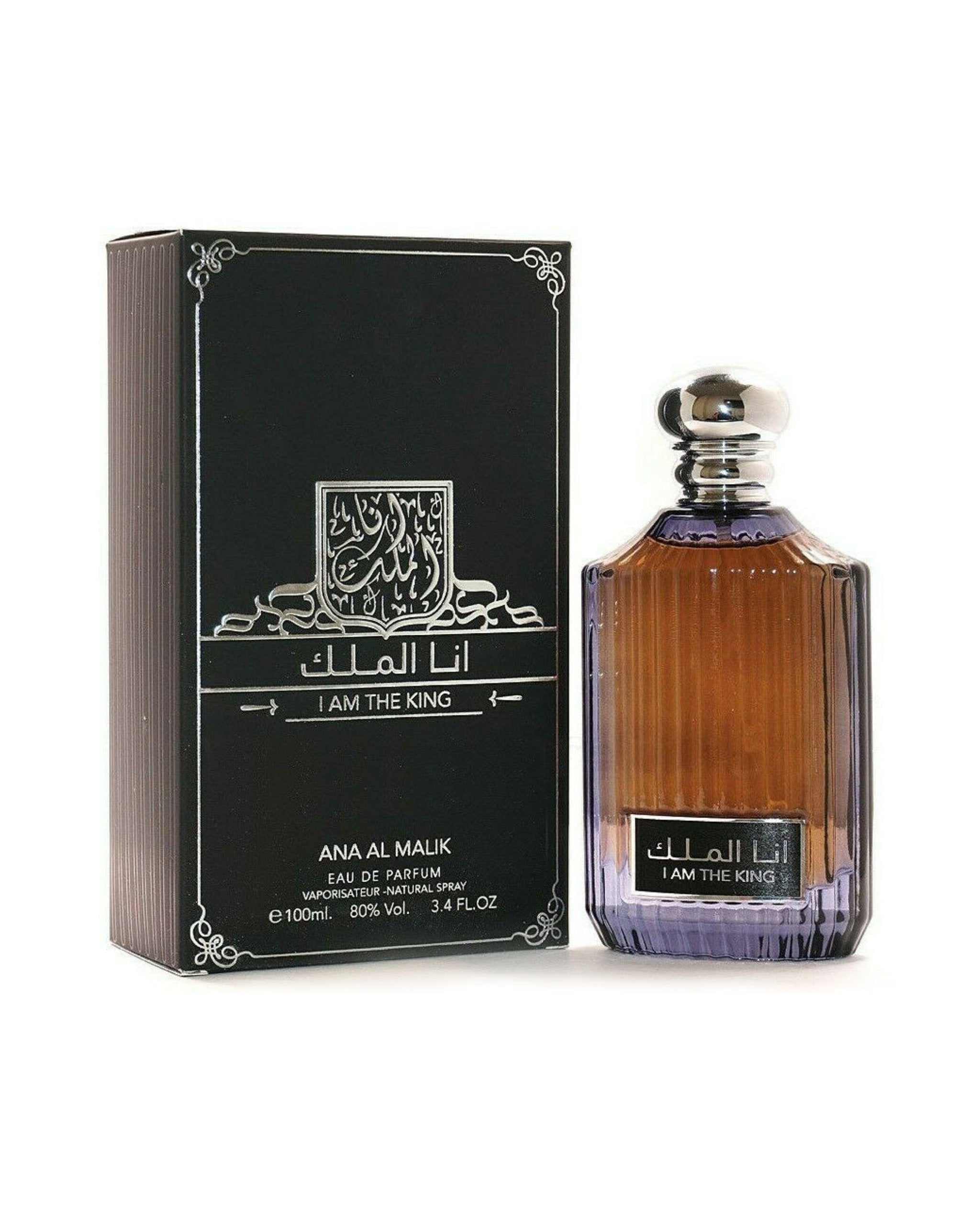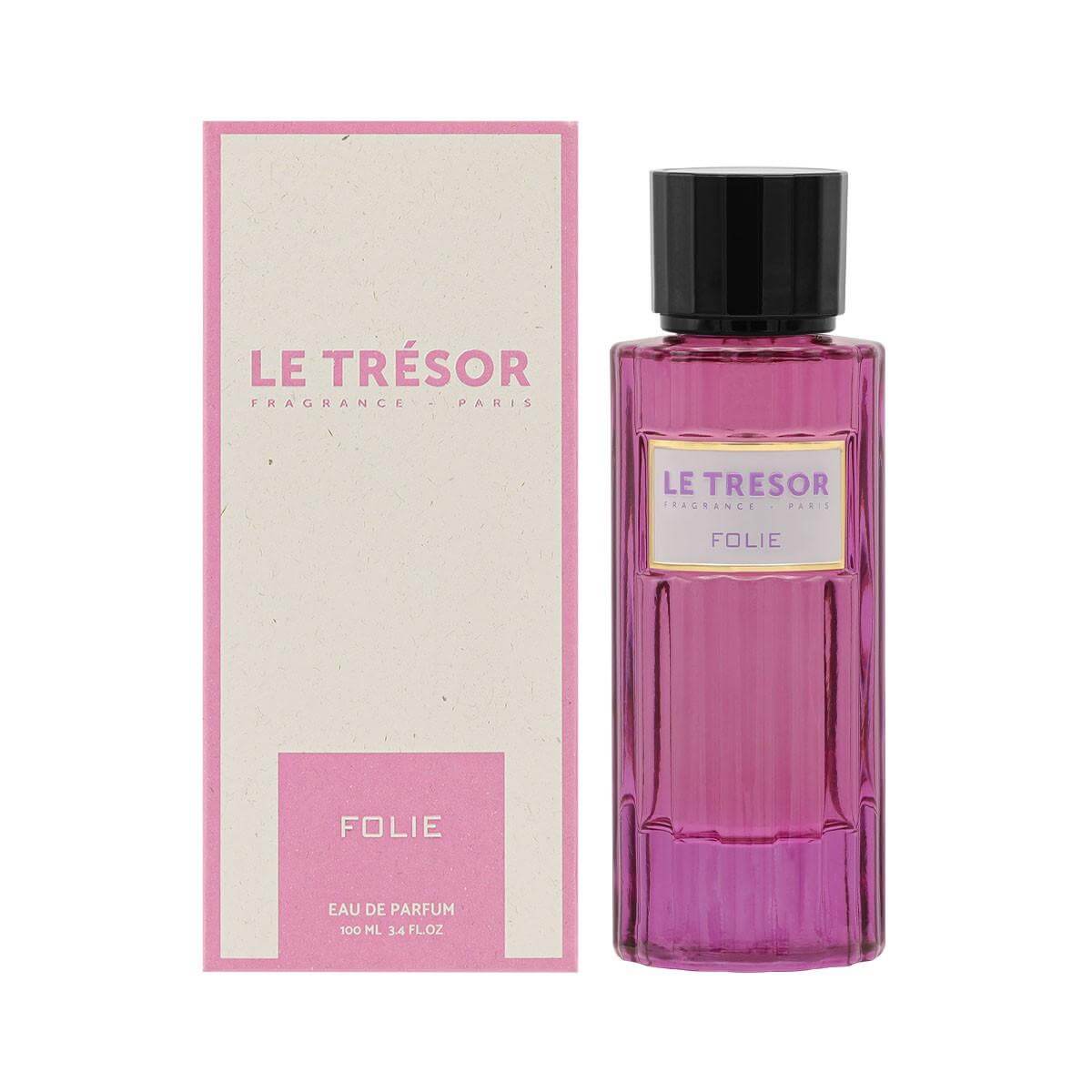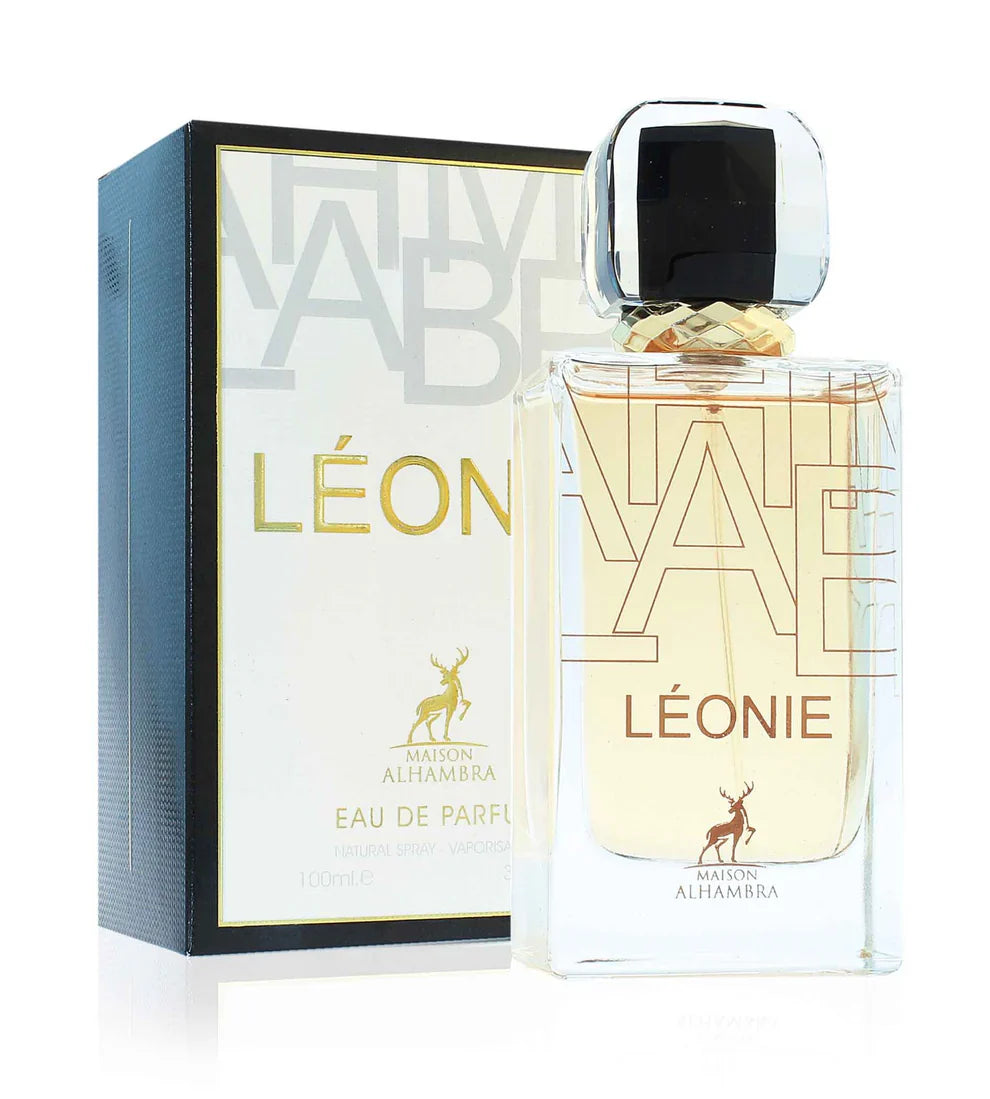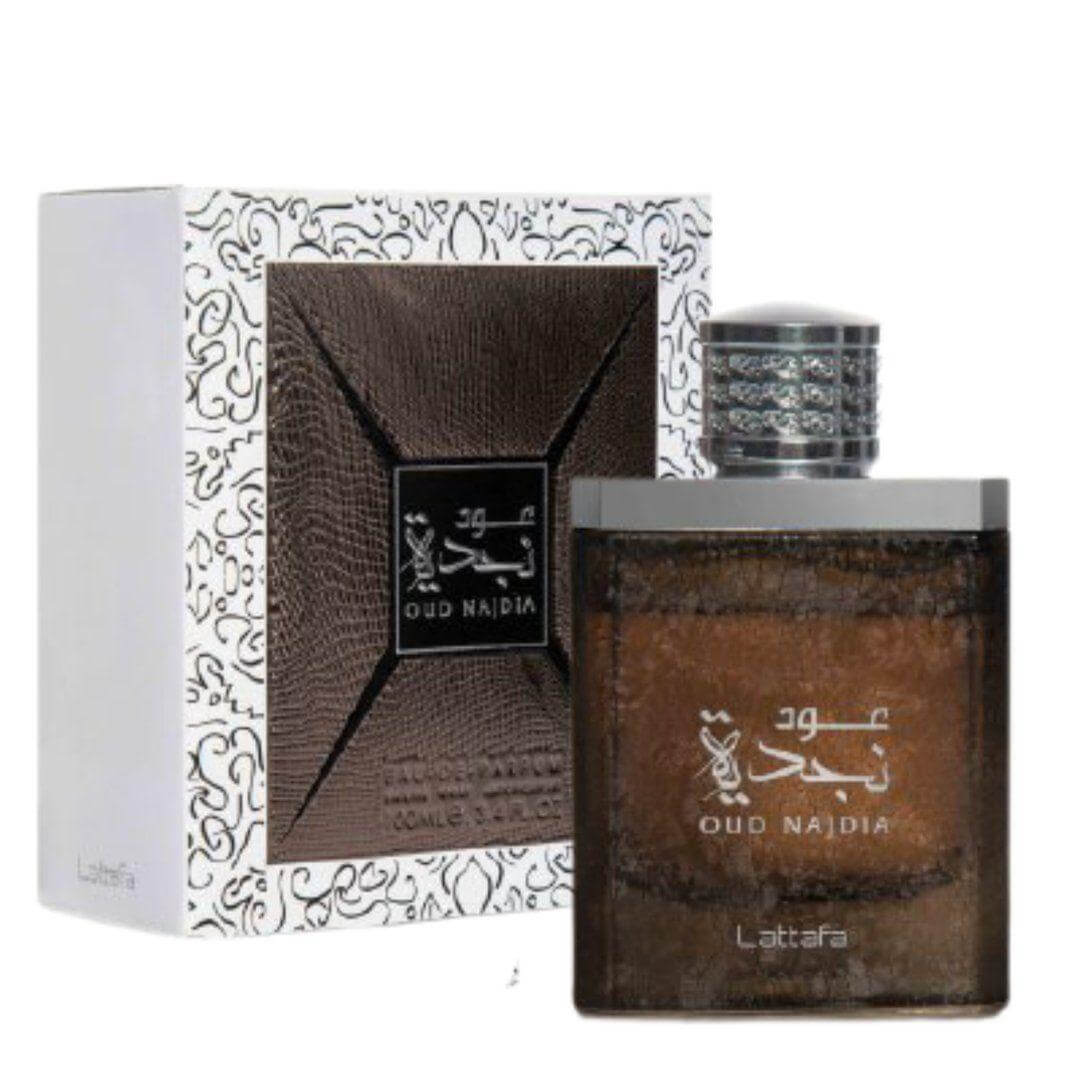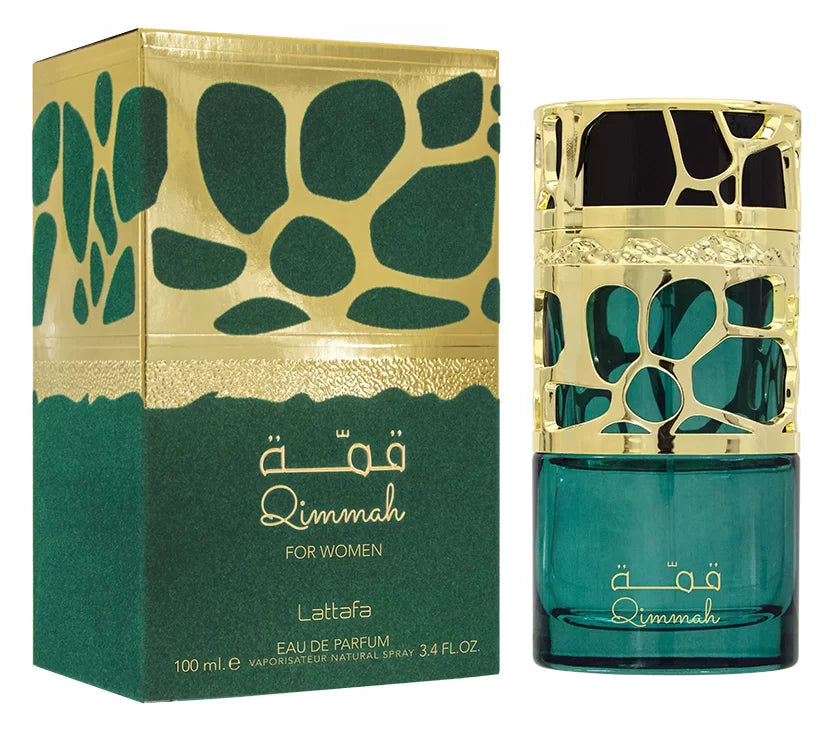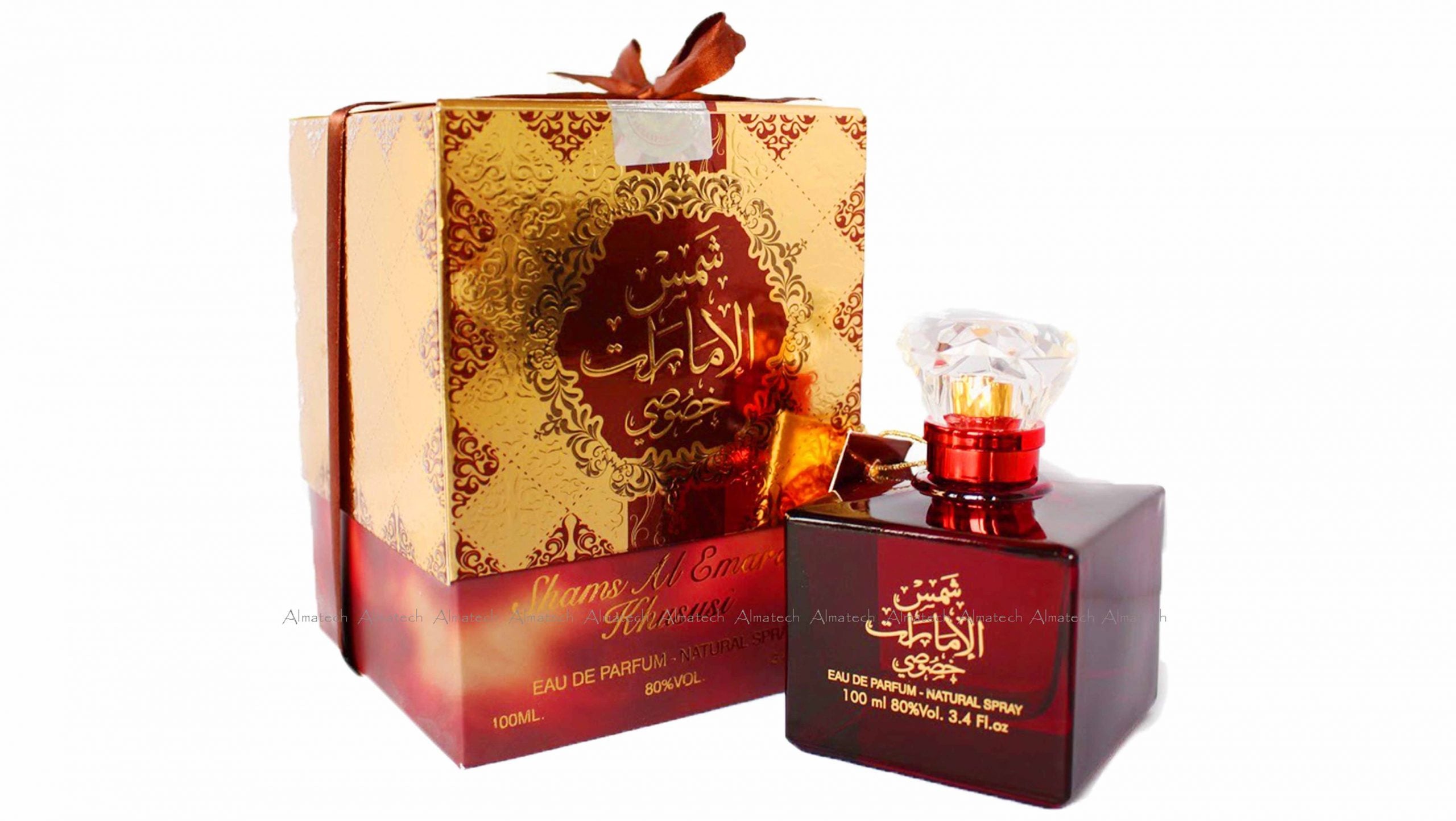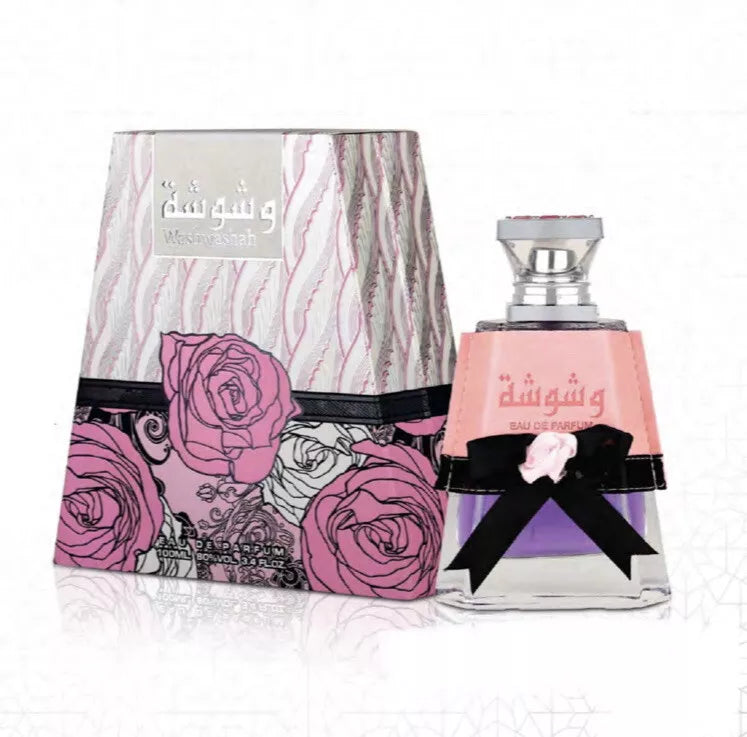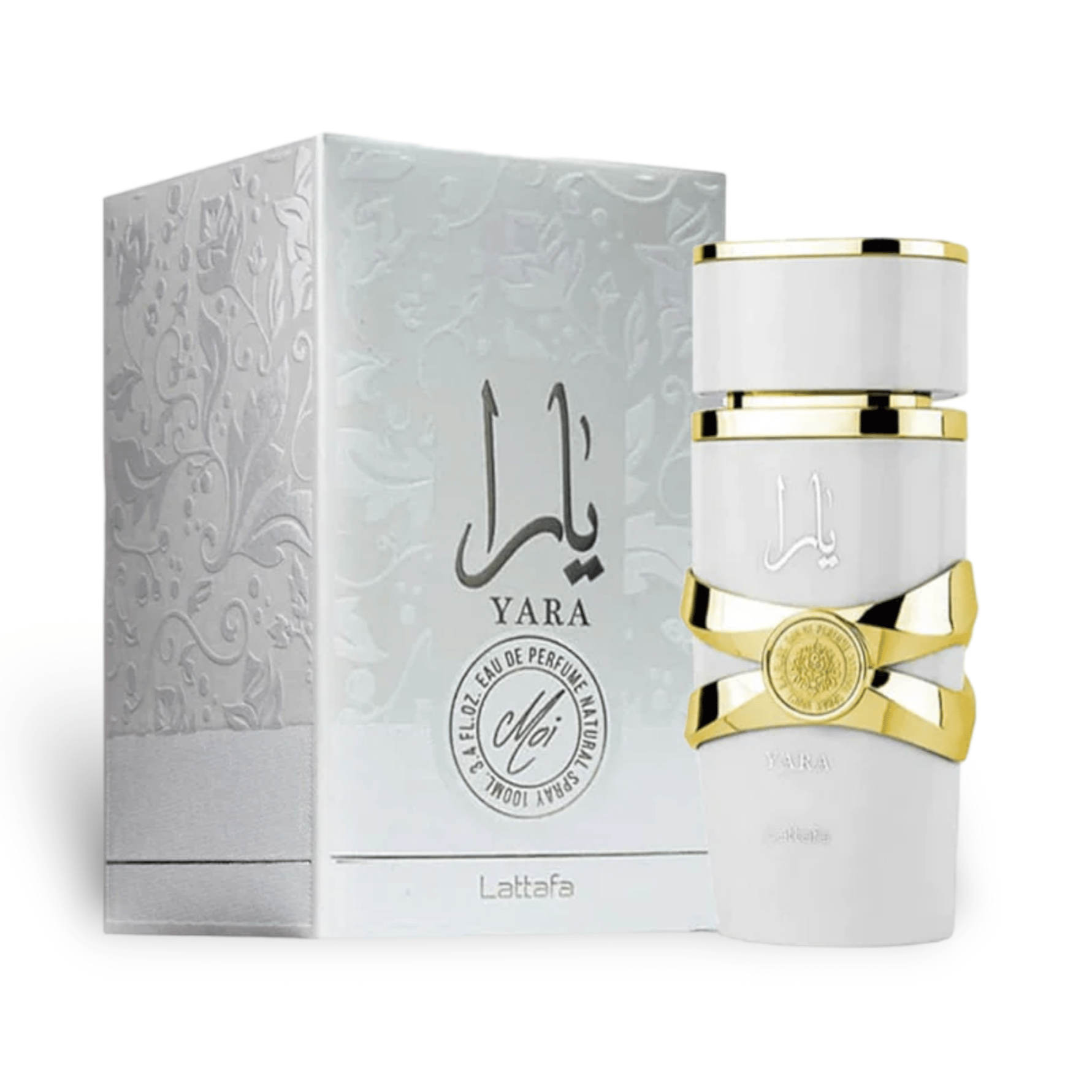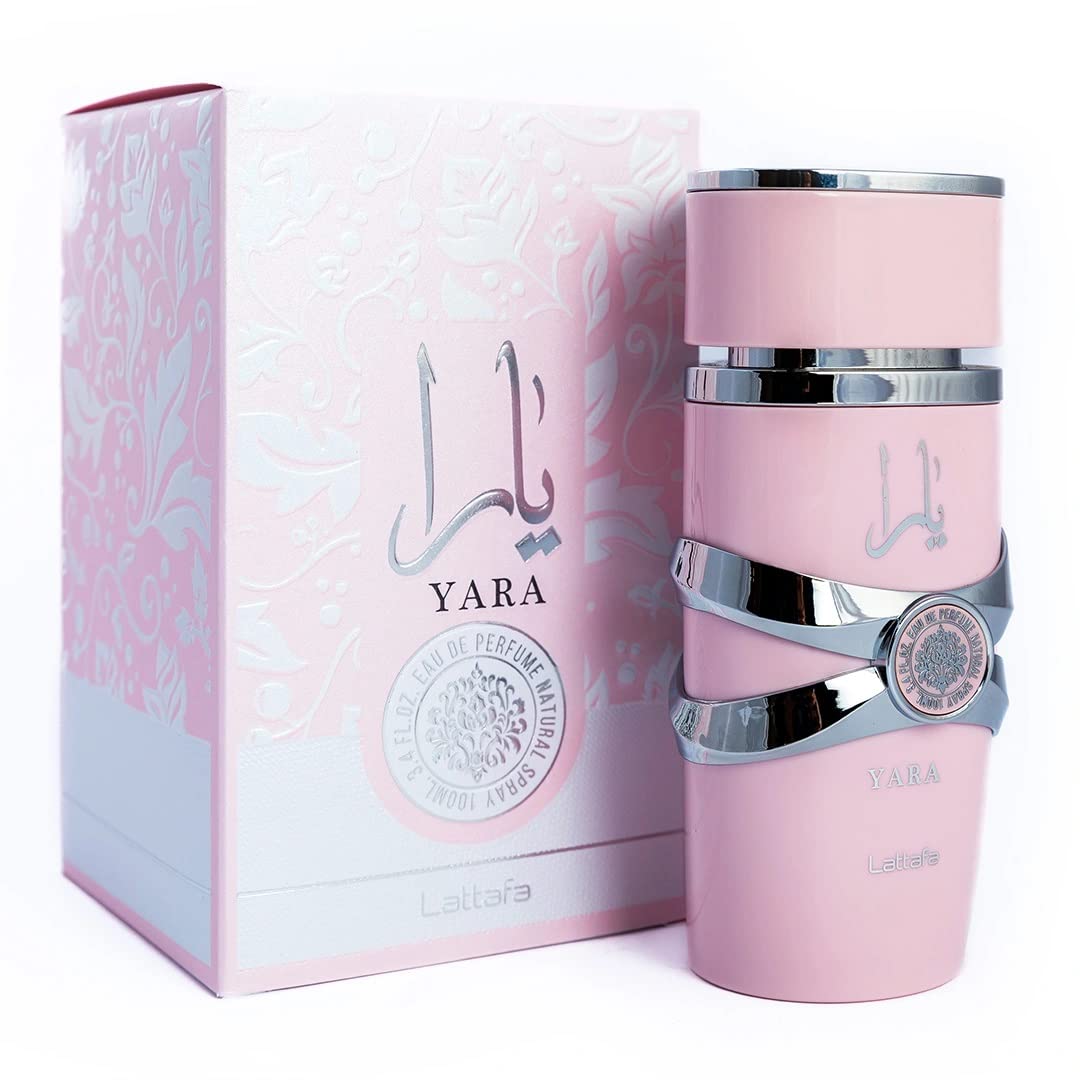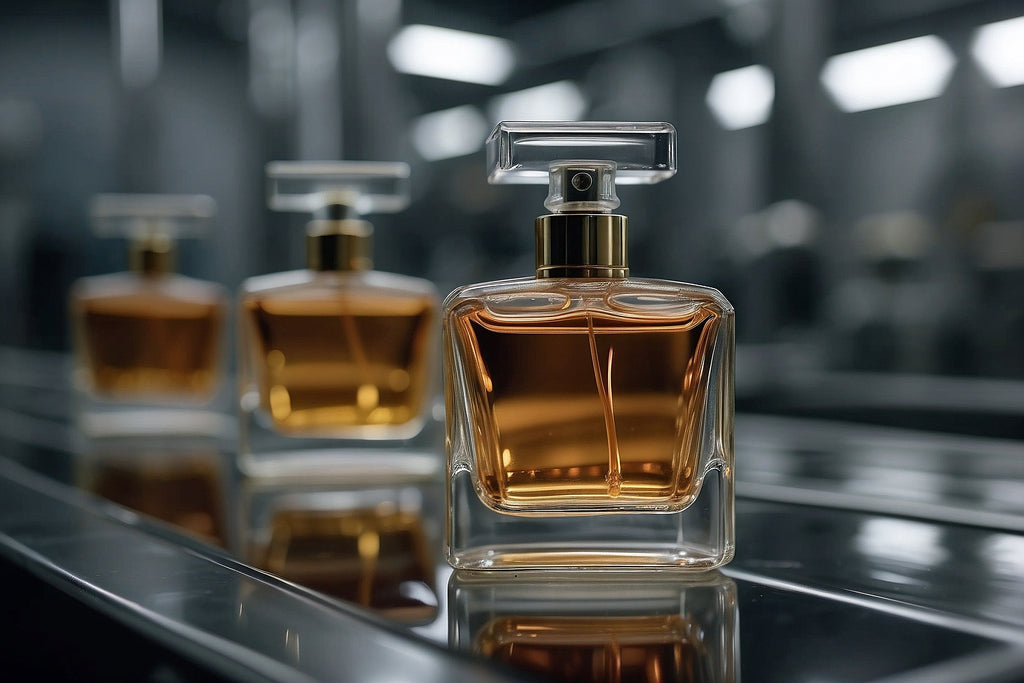
How Perfume Is Made: The Intricate Craft Behind the Best Colognes, Perfumes, and Ouds

Perfume-making is an ancient art that has evolved over thousands of years. Today, the process of crafting a fragrance is both a science and an art, combining natural and synthetic ingredients to create scents that captivate the senses. Whether you’re curious about how your favorite colognes are made or want to understand the complexity behind rich ouds and luxurious perfumes, this blog will take you through the fascinating journey of how perfume is made.
This guide is packed with insights on how the best colognes, perfumes, and ouds are created, ensuring you get an insider’s look at what goes into the production of these alluring fragrances.
The Process of Making Perfume: From Ingredients to the Bottle
Crafting perfume involves multiple stages, from sourcing high-quality ingredients to blending them in precise proportions. Every step is carefully managed to ensure that the final product is a harmonious blend of notes that last throughout the day.
1. Sourcing the Ingredients: The Foundation of Every Fragrance
The first step in perfume creation is selecting the raw materials. These can include a combination of natural and synthetic ingredients, each chosen for its ability to contribute to the scent profile.
Natural Ingredients
Natural ingredients are derived from plants, flowers, fruits, spices, and even animal products (though most modern perfumes use synthetic substitutes for ethical reasons). Some common natural ingredients include:
• Flowers: Rose, jasmine, lavender, and orange blossom are often used for their delicate floral notes.
• Citrus: Lemon, bergamot, and mandarin add fresh, zesty top notes to colognes and perfumes.
• Spices: Vanilla, cinnamon, and clove add warmth and complexity to fragrances, especially in oriental perfumes.
• Resins and Woods: Frankincense, myrrh, and sandalwood are used in perfumes and ouds for their deep, earthy scents.
Synthetic Ingredients
While natural ingredients are essential, many modern fragrances rely on synthetic compounds to replicate scents that would be difficult or impossible to extract from nature. Synthetic ingredients allow perfumers to experiment with new combinations and create more stable and long-lasting scents.
Why It’s Important: The blend of natural and synthetic materials gives perfumers flexibility to craft unique fragrances, from fresh colognes to bold, sophisticated ouds.
2. Extraction of Essential Oils: Capturing the Scent
Once the ingredients are selected, the next step is extracting the essential oils that carry the fragrance. There are several methods of extraction, depending on the ingredient being used.
Distillation
Distillation is one of the most common methods of extracting oils from plants and flowers. In this process, steam is used to separate the essential oils from the plant material. The steam is then condensed back into liquid form, leaving behind the essential oils.
Cold Pressing
For ingredients like citrus fruits, cold pressing is used to extract the oils from the peel. This method is often used in creating fresh, zesty top notes for perfumes and colognes.
Solvent Extraction
Some delicate flowers, like jasmine, are too sensitive for distillation. In this case, solvent extraction is used. The flowers are submerged in a solvent, which absorbs the fragrance. The solvent is then removed, leaving behind a highly concentrated essence called “absolute.”
Enfleurage
Though not as common today, enfleurage is an ancient method used for fragile flowers. In this process, flower petals are placed on a layer of fat that absorbs the fragrance over time. This fat is then processed to extract the oils.
Why It’s Important: Extracting high-quality essential oils is crucial for creating a perfume that smells authentic and lasts long. The extraction process ensures the essence of the ingredients is captured in its purest form.
3. Creating the Perfume Structure: Top, Heart, and Base Notes
Perfumes are composed of three layers, often referred to as the fragrance pyramid: the top notes, heart (or middle) notes, and base notes. These layers work together to create a balanced and long-lasting scent.
Top Notes
Top notes are the first impression of a fragrance, providing an initial burst of freshness or brightness. They are often light and evaporate quickly, lasting for around 15-30 minutes. Common top notes include citrus fruits, herbs, and lighter florals like lavender or bergamot.
Heart (Middle) Notes
Once the top notes fade, the heart notes become more noticeable. These are the core of the fragrance and last longer than the top notes, typically for several hours. Common heart notes include richer florals like rose, jasmine, and spices like cinnamon or nutmeg.
Base Notes
The base notes are the foundation of the fragrance, giving it depth and longevity. These notes are usually rich, warm, and heavier, lasting for hours or even days on the skin. Popular base notes include sandalwood, musk, amber, and oud.
Why It’s Important: Understanding the structure of a fragrance helps perfumers balance different ingredients, ensuring that the scent develops smoothly over time and leaves a lasting impression.
4. Blending the Fragrance: The Art of Perfumery
Once the essential oils are extracted, they are carefully blended according to the perfume’s formula. This is where the true artistry of perfumery comes in, as each note must be balanced to create a harmonious blend. The process of blending requires a deep understanding of how each ingredient interacts with others and how the scent will evolve over time.
Perfumer’s Alcohol
Most perfumes are blended with alcohol, which acts as a carrier for the fragrance oils. Alcohol helps to diffuse the scent when sprayed, ensuring it spreads evenly and lingers longer. The concentration of fragrance oils to alcohol determines the perfume’s strength.
• Eau de Cologne: Contains the least amount of fragrance oils (2-5%) and is light and refreshing, ideal for casual wear.
• Eau de Toilette (EDT): Contains around 5-15% fragrance oils and is perfect for daytime wear.
• Eau de Parfum (EDP): Contains 15-20% fragrance oils, offering a stronger, longer-lasting scent, ideal for evening or special occasions.
• Parfum: The most concentrated, with 20-30% fragrance oils, providing a rich, deep scent that can last all day.
Why It’s Important: The blending process ensures that the perfume is well-balanced, allowing each note to shine at different stages of wear, from the first spritz to the lasting dry-down.
5. Aging the Fragrance: Time to Mature
Once the perfume has been blended, it is often left to age for several weeks or even months. This aging process allows the various ingredients to meld together, enhancing the richness and complexity of the final scent. Just like a fine wine, perfume needs time to develop its full character.
6. Bottling: The Final Step
After aging, the perfume is filtered to remove any impurities and then bottled. The packaging of a perfume is an important part of the process, as it reflects the brand’s identity and the fragrance’s personality. From simple, minimalist bottles to ornate, luxury designs, the bottle often gives a first impression of the scent inside.
Ouds: A Special Category in Perfumery
Oud, known as “liquid gold,” is one of the most prized and expensive ingredients in perfumery. Derived from the resinous heartwood of the agarwood tree, oud has a complex, woody, and smoky scent that is both mysterious and intoxicating.
Due to its rich and potent aroma, oud is often used in base notes, adding depth and longevity to the fragrance. Oud-based perfumes and colognes are popular for their luxurious, long-lasting qualities, making them perfect for evening wear and special occasions.
Conclusion: The Art and Science Behind Your Favorite Fragrance
The process of making perfume is a meticulous blend of art, science, and nature. From sourcing the finest ingredients to carefully blending top, heart, and base notes, creating a beautiful fragrance requires skill, patience, and creativity. Whether you prefer the fresh allure of a men’s cologne, the elegance of a women’s perfume, or the rich depth of an oud, understanding how perfume is made allows you to appreciate the craftsmanship behind every bottle.
Explore our collection today and experience the captivating world of fine fragrances. With IPeace Manchester, you’re just a click away from discovering the perfect scent that reflects your style and leaves a lasting impression.
Shop now at [IPeaceManchester] for the best deals on luxury perfumes, colognes, and ouds—the ultimate destination for fragrance lovers!



